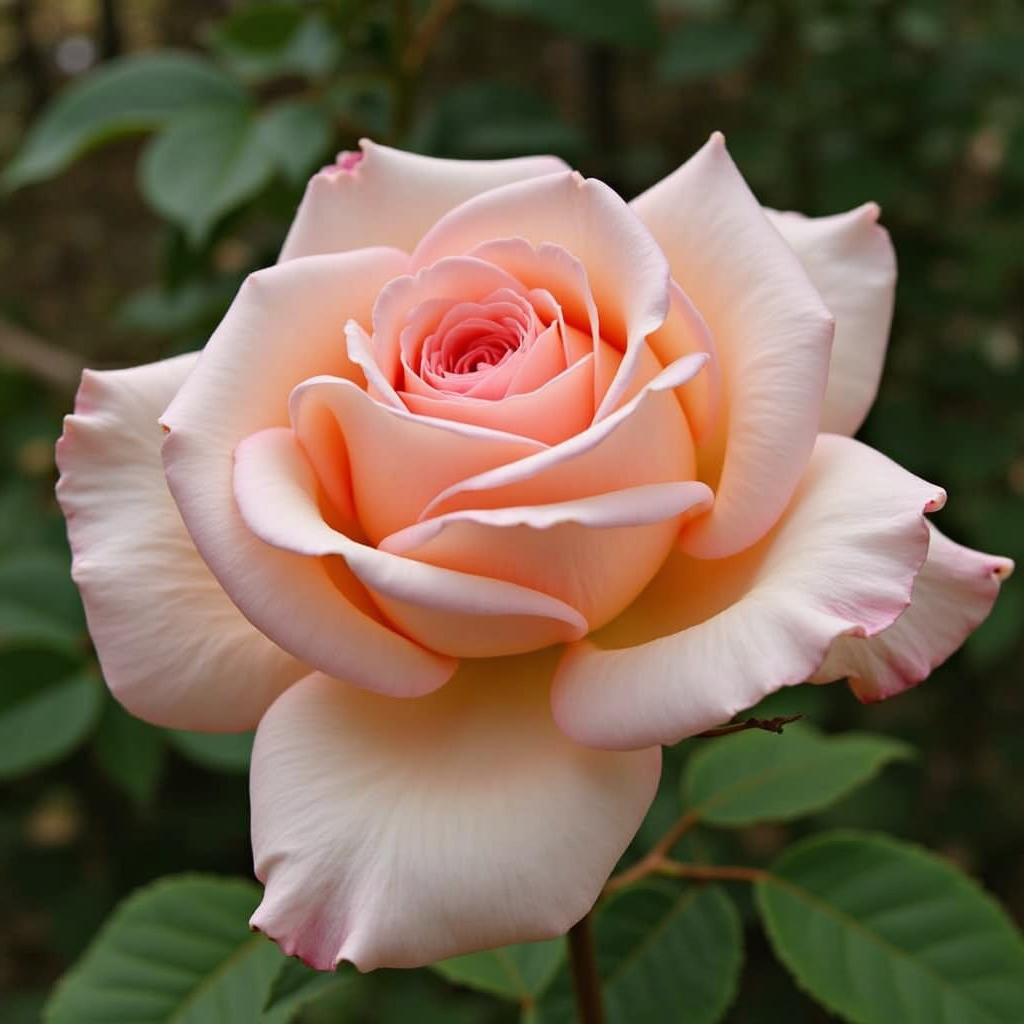Flowering Time for Roses in Florida
Categories: Gardening
Roses are among the most cherished flowering plants, celebrated for their beauty, fragrance, and diverse varieties. In Florida, where a subtropical climate prevails, roses can thrive remarkably well. This climate plays a pivotal role in influencing the flowering time of these enchanting plants. Understanding how and when roses bloom can significantly enhance the gardening experience for both novice enthusiasts and seasoned horticulturists.
The flowering period of roses is not solely dictated by species but is also influenced by environmental conditions. Key factors such as temperature, light exposure, soil health, and water availability can drastically affect when roses will produce their vibrant blooms. In Florida, winters are mild, leading to a longer blooming period that can extend from early spring through late fall. This extended season presents unique opportunities for rose cultivation and maintenance.

It is essential for rose gardeners in Florida to monitor these environmental factors closely. For instance, sudden temperature fluctuations can trigger early blooming or delay it altogether. Additionally, different varieties of roses have distinct flowering habits; for example, hybrid tea roses may produce fewer but larger blooms compared to floribunda varieties, which typically offer more abundant flowering. Understanding these aspects can help gardeners make informed choices about planting and pruning, ensuring that their roses remain healthy and vigorous.
In essence, embracing the specific climatic conditions of Florida while recognizing the distinct flowering characteristics of various rose types is critical for success in rose gardening. An informed approach equips gardeners with the knowledge necessary to maximize flowering periods and maintain the aesthetics of their rose gardens throughout the year.
Florida’s climate plays a significant role in the flowering time of roses, significantly impacting their growth cycles and blooming patterns. The state’s subtropical to tropical climate is characterized by warm temperatures and high humidity levels, providing ideal conditions for various rose species. Temperature is perhaps the most crucial factor; roses generally thrive in a temperature range of 60°F to 75°F. In Florida, winter temperatures can occasionally drop below this range, yet the extended warm seasons allow for multiple blooming periods throughout the year.
Maintaining optimal growth conditions, humidity levels in Florida often range from 60% to over 90%, depending on the season. This high humidity can promote faster growth and more prolific blooms, although it may also increase the risk of diseases such as powdery mildew. Therefore, it is essential for gardeners to monitor humidity levels closely and adopt appropriate measures, such as ensuring proper air circulation around plants, to mitigate potential issues.

Seasonal changes in Florida further compound the factors affecting flowering time. With relatively mild winters and warm spring temperatures, roses can begin their growth cycles earlier compared to regions with more extreme cold. The extended spring and summer seasons not only promote initial blooming but also support reblooming. Many homeowners can enjoy a second, and in some cases, third flush of flowers as late summer temperatures linger into fall. This abundance stems from Florida’s unique growing environment, which allows for nearly year-round flowering if conditions are well-managed.
Understanding these climatic elements is essential for optimizing the flowering time of roses in Florida. By recognizing temperature fluctuations, humidity levels, and the impact of seasons, rose enthusiasts can effectively cultivate healthier plants that exhibit vibrant blooms multiple times a year.
Florida’s climate provides an optimal environment for a wide range of rose species, offering enthusiasts numerous options for cultivation. Among the most common varieties grown in Florida are Hybrid Teas, Floribundas, and Grandifloras, each exhibiting distinct blooming characteristics suited to the state’s diverse conditions.

Hybrid Tea roses, known for their long stems and large blooms, typically demonstrate a continuous blooming pattern throughout the growing season. In Florida, this variety often starts flowering in early spring and continues until late fall, showcasing exquisite buds that can reach full bloom multiple times per year. Popular hybrid tea varieties for Florida include ‘Mr. Lincoln,’ which produces deep red blooms, and ‘Peace,’ renowned for its stunning, multicolored flowers.
Floribunda roses, on the other hand, are celebrated for their clusters of blooms and extended flowering periods. These roses often begin their blooming in early spring and can produce flowers almost year-round, depending on the care they receive. Florida gardeners favor this category because its hardiness makes it adaptable to the local environment. Varieties such as ‘Iceberg’ and ‘Julia Child’ are especially well-suited for Florida’s subtropical climate.
Grandiflora roses combine traits from both Hybrid Tea and Floribunda roses, resulting in robust blooms with appealing fragrance and extended flowering times. These roses generally follow a similar blooming schedule to Hybrid Teas, initiating their flowering in the spring and continuing well into the fall. The ‘Queen Elizabeth’ is a classic example, thriving in Florida due to its resilience and capacity to produce numerous blossoms throughout the warmer months.
Understanding these various rose styles and their flowering times is essential for proper cultivation in Florida. By selecting the right varieties, gardeners can enjoy a vibrant display of roses for much of the year, contributing to the state’s rich horticultural landscape.
To enhance the flowering potential of roses in Florida, it is crucial to adopt a holistic approach to care. One of the most effective practices is to establish an appropriate fertilization schedule. Roses thrive on a balanced diet rich in essential nutrients, particularly nitrogen, phosphorus, and potassium. In Florida, it is beneficial to apply a slow-release, granular fertilizer specifically designed for roses, typically in early spring as plants start to emerge from dormancy. Reapplying fertilizer throughout the growing season, particularly after major bloom cycles, will support continued flowering.
Pruning is another key element in maximizing the blooming period. Proper pruning techniques should be applied, removing dead or diseased wood to promote air circulation and light penetration within the plant. It is advisable to prune in late winter or early spring before the buds begin to swell. This practice not only encourages vigorous growth but also stimulates flowering by allowing the energy to focus on healthy buds.
Watering practices are equally important. Roses in Florida benefit from consistent moisture, especially during the hot summer months. Implementing a deep watering routine—once or twice a week—ensures roots receive adequate hydration during critical growth phases. However, it is essential to avoid waterlogging, as roses are susceptible to root rot.

Pest management also plays a vital role in maintaining healthy blooms. Regular inspections for common pests like aphids and spider mites should be conducted. Natural remedies, such as neem oil or insecticidal soaps, can effectively combat these pests without harming beneficial insects.
Finally, choosing the right planting time and location can significantly impact flowering success. Ideally, planting roses should occur in the fall or early spring. Selecting a location that receives full sun for at least six hours a day, combined with well-draining soil, will create optimal conditions for blooming. By incorporating these practices, rose enthusiasts can enjoy a vibrant display of blossoms throughout the growing season in Florida.